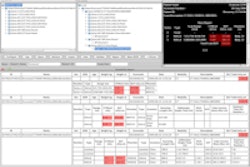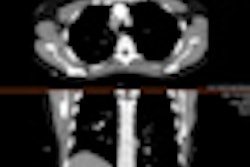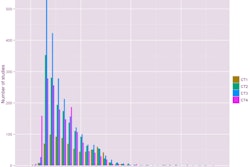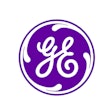WASHINGTON, DC - Informatics tools to address radiation dose and radiology's participation in meaningful use are among the top 10 trends in imaging informatics, according to a presentation at the opening session of the 2011 Society for Imaging Informatics in Medicine (SIIM) meeting.
Other important trends include artificial intelligence applications in medicine, personal health records, mobile technology, quantitative imaging, image sharing, workflow management, cloud computing, and business analytics and data mining, according to presenter Katherine Andriole, PhD, assistant director of imaging IT at Brigham and Women's Hospital.
The power of artificial intelligence was demonstrated recently on the game show "Jeopardy," with IBM's Watson computer system winning a contest against two human "Jeopardy" champions. Artificial intelligence will be applied more in medicine, and SIIM members such as Dr. Eliot Siegel, from the University of Maryland, are working with IBM on this exciting project, Andriole said.
Personal health records are also an impending reality, and in the future, patients will become both healthcare consumers and gatekeepers, Andriole said.
"This will change how we function in healthcare," she noted.
Mobile technologies are a key trend, and they will be utilized more and more in imaging informatics going forward, she said.
The old expression that a radiologist with a ruler is a radiologist in trouble no longer applies. Radiologists have to provide quantitative imaging now for referring physicians, including data on tumor size and how lesions change over time, for example. This affects patient management, Andriole said.
Image sharing is another important trend, as new technologies such as cloud computing and image repositories vie to replace CDs and flash drives for image exchange.
Workflow is always a topic of discussion in imaging informatics, and SIIM will present a workflow demonstration at this week's meeting. With the mantra that "you can't measure it if you don't have the units," the demonstration will cover the lexicon of imaging department workflow, the steps that occur in executing an imaging exam, commonly used metrics such as turnaround time (TAT) and room utilization rate defined in terms of these steps, and data collection to define optimal workflow.
Cloudy with a chance of images
Cloud computing has been referred to as an architecture, a platform, an operating system, or a service, but in some sense it's all of these, Andriole said.
"It's application, data, hardware, software, or services provided over the Internet," she said. "It really may be a new information delivery and consumption model that we see more and more in medical imaging."
Another key area, business analytics and data mining, allows institutions to capture information from all of their different systems, translate it into a common format, analyze it, and then visualize it in ways to make their practices better, Andriole said.
Meaningful use of health information technologies is a hot topic at this year's SIIM meeting, and it will be the subject of a number of key talks at the show, Andriole said.
More attention is also being paid to the amount of radiation patients receive from medical imaging procedures. Informatics interventions can be applied at each point in the imaging chain to reduce radiation and to monitor and optimize radiation dose, Andriole said.




















